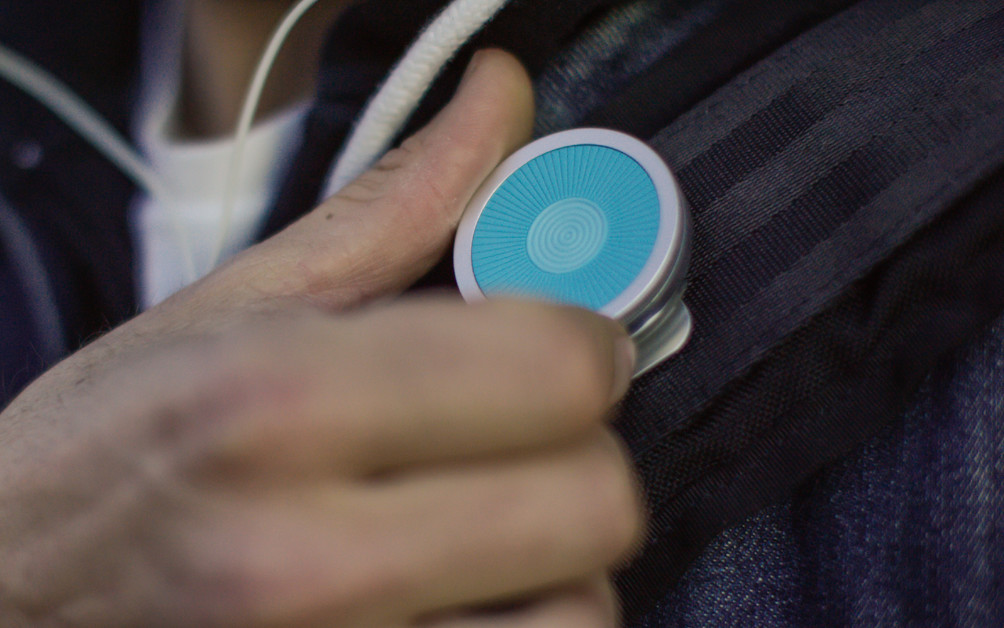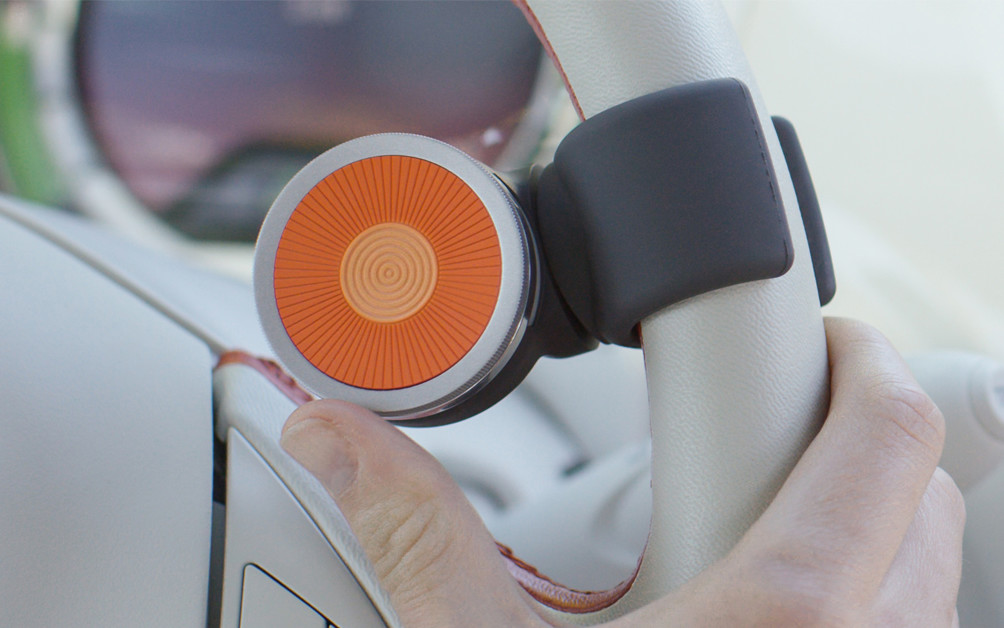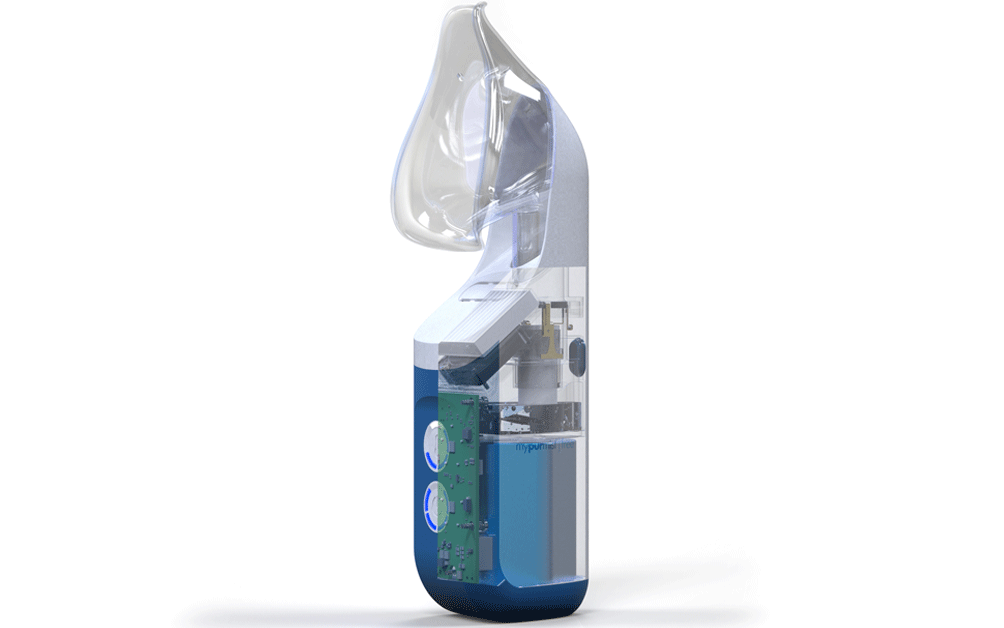
BLE and 219 Design…
Not long ago, Bluetooth Low Energy (BLE) aka Bluetooth Smart was an emerging wireless communication technology with major potential. Today, just about everyone owns a device with BLE capability. Seamless wireless data communication between devices is often critical to a product’s adoption, and BLE’s ability to communicate with any modern smartphone makes it a game-changing technology.
Over the past 5 years, 219 has been integrating BLE into products and prototypes across many industries. We’ve helped clients develop proof-of-concept prototypes to evaluate new ideas, designed products completely centered around BLE connectivity, and helped integrate BLE into existing designs to enhance core functionality. Our in-house interdisciplinary team allows us to move with high efficiency to develop robust BLE solutions at the crossroads of electronics, firmware, and software.
We Know Hardware
Custom hardware is often a core requirement for consumer electronics. As a result, 219 has developed many PCB designs that incorporate BLE technology. We’ve incorporated SoCs like Nordic’s NRF5 series as well as pre-certified BLE modules into production rigid and flex circuit designs. We also know when to make tradeoffs. For example, pre-certified modules allow for easier regulatory approval, as the RF emitting section of the unit is self-contained and has gone through the necessary regulatory testing process, but comes at an extra per unit cost. Designs that build up from a BLE IC and custom PCB antenna or chip antenna have more flexibility in terms of form factor and cost less per unit, but require additional regulatory testing (time and expense) up front.
Of course, most products require more than just BLE hardware to fulfill their intended function. 219’s deep roots in embedded and mechatronic systems give us the expertise to incorporate all other necessary peripheral hardware and control into a custom design. From the most common items (like battery charge management, push buttons, LEDs, accelerometers, haptic motors, etc.) to more application specific hardware (like sensors that measure light/pressure/distance or drive circuitry to control motors and mechanisms), we’ve got the experience to connect all the pieces into one cohesive and robust design.
We Know Firmware and Software
Whether using an off-the-shelf development board or a custom design, BLE hardware won’t work without the proper programming. 219 has experience working with chip providers’ SDKs to develop firmware that handles the basics of BLE such as advertising, bonding, and handling of services required for a particular design. We understand the nuances of implementing Bluetooth SIG recognized services to allow seamless integration for standardized functionality like reporting device information, battery life, keyboard input, or heart rate activity. In addition, we’ve put in place numerous custom/manufacturer-specific services that enable communication of application-specific information. We’ve also implemented over the air (OTA) update functionality on many projects, which allows for full reprogramming of the device from a mobile app. Firmware updates allow functionality to be extended, bugs to be fixed, and the overall experience to be enhanced after a product ends up in a consumers’ hands or prototype electronics are made inaccessible inside a mechanical enclosure.
As with any communication framework, the value of BLE lies in the ability to communicate with other devices. While we don’t specialize in commercial mobile apps, 219 has developed numerous engineering development apps for iOS and Android to connect with BLE devices, display basic information, confirm proper operation, and help refine device behavior. We have a solid understanding of the principles of BLE and how they are implemented on mobile platforms. We can assist with integrating bluetooth functionality on the app or PC side as needed.
BLE and Consumer Products
In today’s world, it’s hard to find a consumer electronic device that’s not leveraging Bluetooth technology to make it more efficient, safe, and simply fun. BLE technology has opened up a lot of opportunities for consumer electronics. The ability to pair a device with a smartphone allows the user interface on the device to be minimal, lowering the cost and complexity of the device by pushing the responsibility to display menus, modes, options, and controls to the user on a mobile app. The ubiquity and always-connected quality of smartphones provides an ideal ecosystem for BLE to thrive. Below are a few examples of companies we’ve helped develop BLE enabled products for.
Consumer Health Product
Vapore’s “MyPurMist free” BLE integration enables consumers to upgrade firmware (via phone), track usage, and receive important information about their device. 219 has designed several generations of electronics and firmware for the popular line of MyPurMist products. Our role has included production electronics and C++ Firmware, BLE, battery management, factory self-test firmware, EMC/EMI Certification support, and more. MyPurMist is available for purchase on Amazon.com as well as Target, Costco, Walmart, etc.
All-access Controller
Fingertips’ O6 device is an all-access controller that connects via BLE to any iPhone. It allows eyes-free operation of virtually every app and platform. 219 helped develop the earliest O6 concept prototypes with Bluetooth LE, accelerometer, and haptic feedback. As the product has matured, 219 has supported production firmware development, and has played a role in defining and supporting testing processes during manufacturing. 219 continues to play a role in supporting production firmware for the O6 device. The O6 is available for purchase at BestBuy.
“BLE technology is lowering the bar for connected products and changing the game for user interaction. With a deep understanding of the capabilities and limitations of BLE, 219 Design is well-positioned to design and implement robust solutions.”
Alex Wood, Managing Partner, 219 Design
BLE and the Automotive Industry
While all our BLE projects for clients in the automotive industry are confidential, we can tell you that they are all leveraging BLE to explore new ways to interact with vehicles. We’ve integrated BLE into keyfobs, OBD ports, CAN buses, and head units. Installing BLE in these places opens up a whole new world of options for providing diagnostic, status, and maintenance information to owners, while simultaneously allowing them more ways to interact with their vehicles. With the flexibility and screen real-estate provided by an app running on a mobile device, a lot more can be conveyed compared to the traditional check engine light. Improvements like these in both safety and convenience have become imperative for innovative automotive companies to thrive.
Where Are We Headed?
While Bluetooth 4.x has revolutionized the way people experience the IoT, Bluetooth 5 will increase functionality exponentially. Technological improvements like 4x range, 2x speed, and 8x broadcasting message capacity, mesh network capability, and lower power consumption will further increase the value of BLE.
We at 219 Design are ready to help you realize your vision for untapped functionality and communication across a vast range of connected devices. Contact us at getstarted@219design.com for more information.



